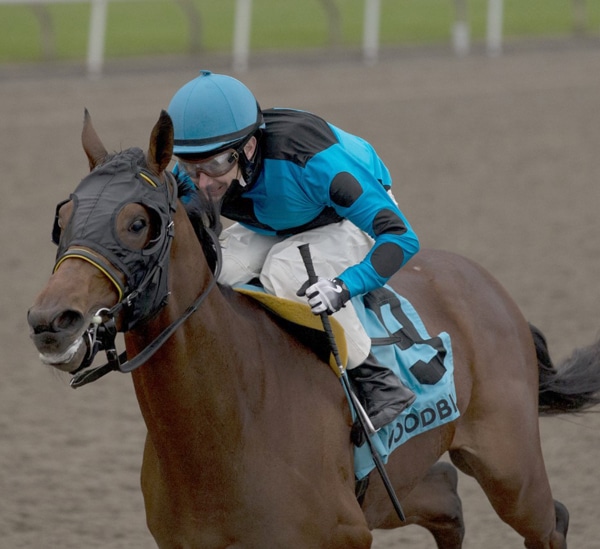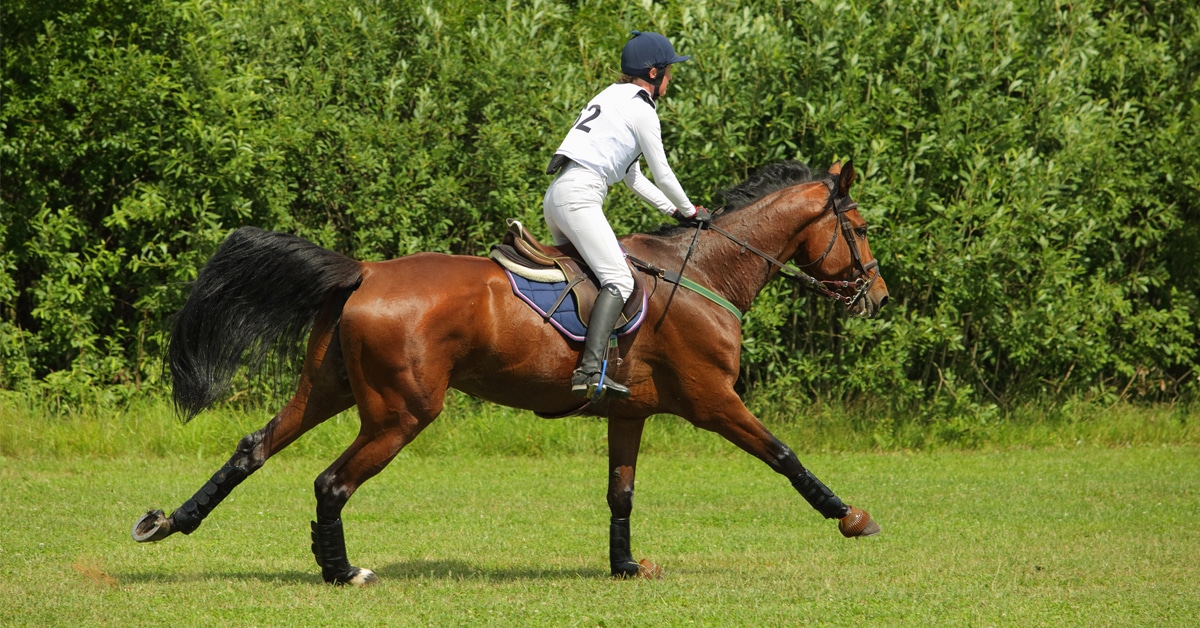A well-known Canadian racehorse named The Minkster had never lost a race prior to the Plate Trial Stakes at Woodbine in the lead-up to the 2022 Queen’s Plate. Surprisingly, the three-year-old had a rather lacklustre performance in the Plate Trial, finishing sixth. His trainer, Danny Vella, believes a case of the thumps hampered the colt’s ability to hit the board.

The Minkster, shown winning the Coronation Futurity in 2021, had not lost a race prior to the Plate Trial. Were thumps the culprit? (Michael Burns photo)
“On the way back to the barn he was pretty exhausted. He was suffering from the heat, so we obviously got the hose on him, cooled his body, cooled his head, and tried to get the circulation regulated. At the same time he had what we call the ‘thumps’ which causes their diaphragm to pulsate. Whether it started during the race or after the race is the tricky part to decide … the way he finished I would say something was going on during the race.”
What causes thumps?
Thumps, which is technically known as synchronous diaphragmatic flutter (SDF), is caused by an electrolyte imbalance which irritates the phrenic nerve that controls the diaphragm and is essential to breathing. Matt Nugent, who runs Nugent Veterinary Services in Welland, ON, notes that, “Usually, its calcium that does it. If it’s low, when the horse needs it at the time of exertion, they just can’t mobilize it. But sometimes you can have too much calcium in their diet if they are being supplemented.” Alkalosis resulting in low blood calcium causes the phrenic nerve to become hyperexcited and randomly contract.
Any horse can be affected. “I can’t think of any breed dispositions to it. Typically, you see it in higher-end athletic horses, like racehorses or eventers, that kind of thing,” said Nugent.
Keeping fit is an essential aspect of the game, but nutrition is also crucial, especially when it comes to the major electrolytes sodium, calcium, magnesium, phosphorous, and potassium. An electrolyte imbalance can be triggered when horses are physically exerting themselves on hot summer days. Horses fed a diet high in calcium, such as rich alfalfa hay, may be more prone to developing thumps during extended intense exercise such as eventing or endurance racing because the excess calcium in the body affects its ability to mobilize calcium to counteract losses.
What thumps looks like
Thumps, in a sense, could be compared to humans experiencing hiccups. Of course it’s not the same, but the spasms and uncomfortable feeling for both horse and human are somewhat relatable. Noticeable signs of thumps include a hiccup-like noise accompanied by a visible spasm of the abdomen. (Watch a video of a pony experiencing thumps here.)
Although humans getting the hiccups can be embarrassing or awkward, the thumps can impact performance in equine athletes. “Normally they take a breath with every stride, so if their diaphragm goes into a fluttering state, they won’t be able to breathe normally and get the oxygen they need to feed their muscles and the rest of their body that they need to perform,” said Nugent.
Treating and preventing thumps
Holding your breath, placing a penny between your toes, or having someone scare you are some go-to methods to remedy a case of human hiccups. However, for a horse prone to thumps, the best solution is to correct the electrolyte imbalance by administering electrolytes or adjusting the feed program with the help of your vet or equine nutritionist to reduce calcium-rich hay. Some racehorse trainers also adjust the feeding program so that thumps-prone horses have a higher liquid content in their stomach before the race.
There are a variety of electrolyte supplements such as electrolyte paste or Equi-Jugs that can be orally administered to horses; some use an oral supplement known as Calf-Lyte meant for young calves that have diarrhea, as it replenishes the electrolytes they lose.
So while thumps is not painful or life-threatening, it can certainly be inconvenient if it strikes your horse in the middle of a competition.
~ with files from Hayley Morrison

